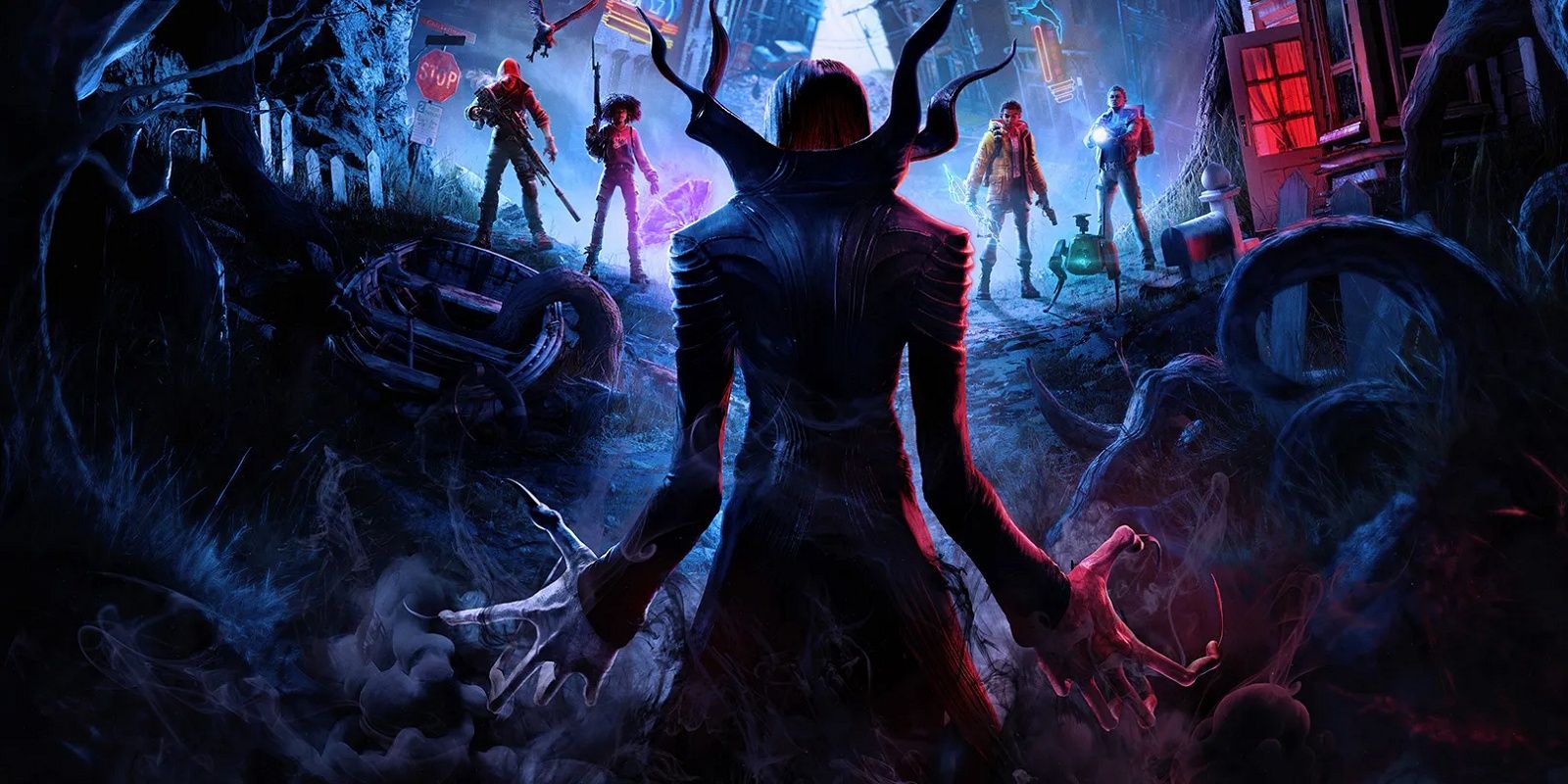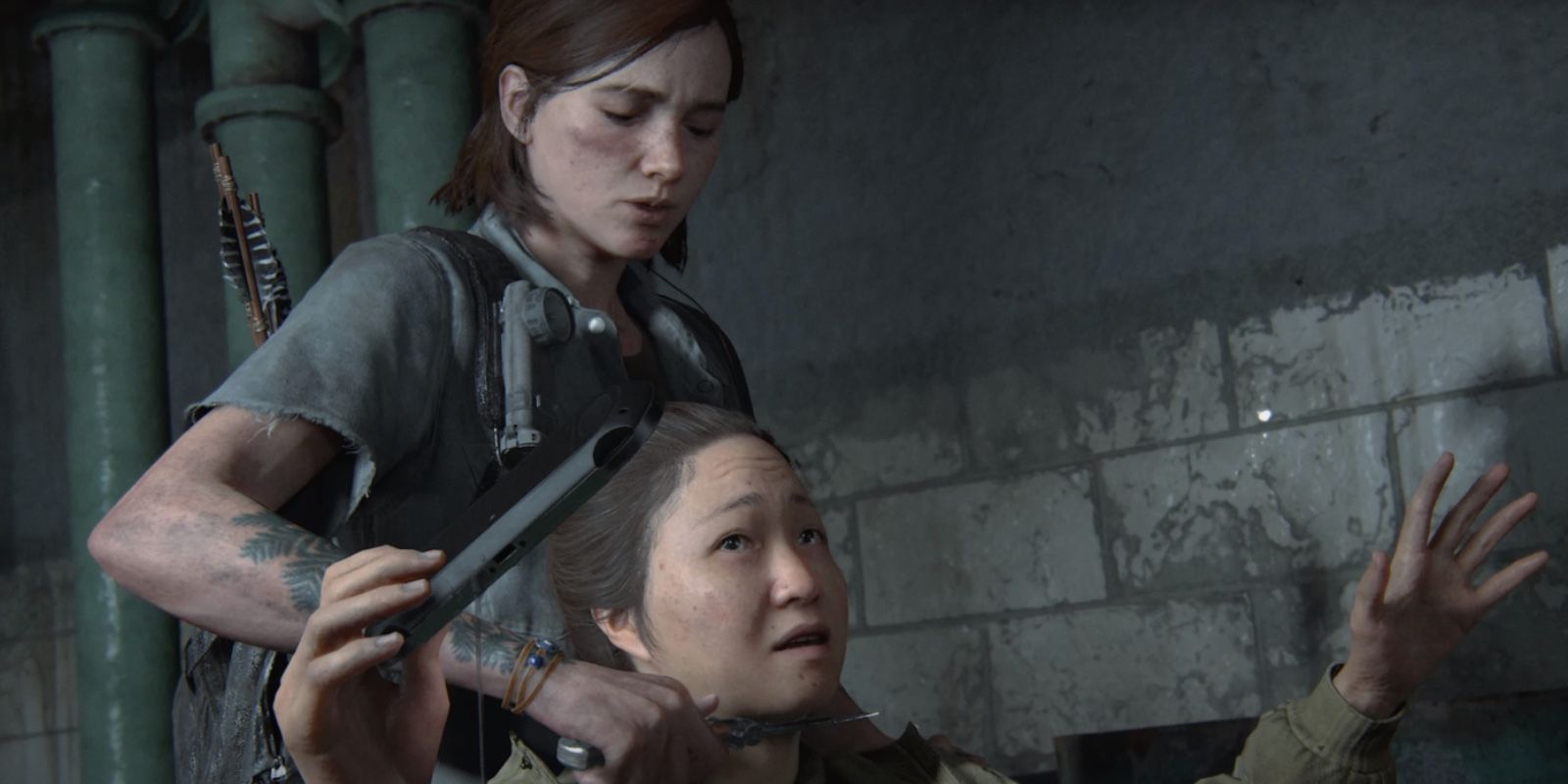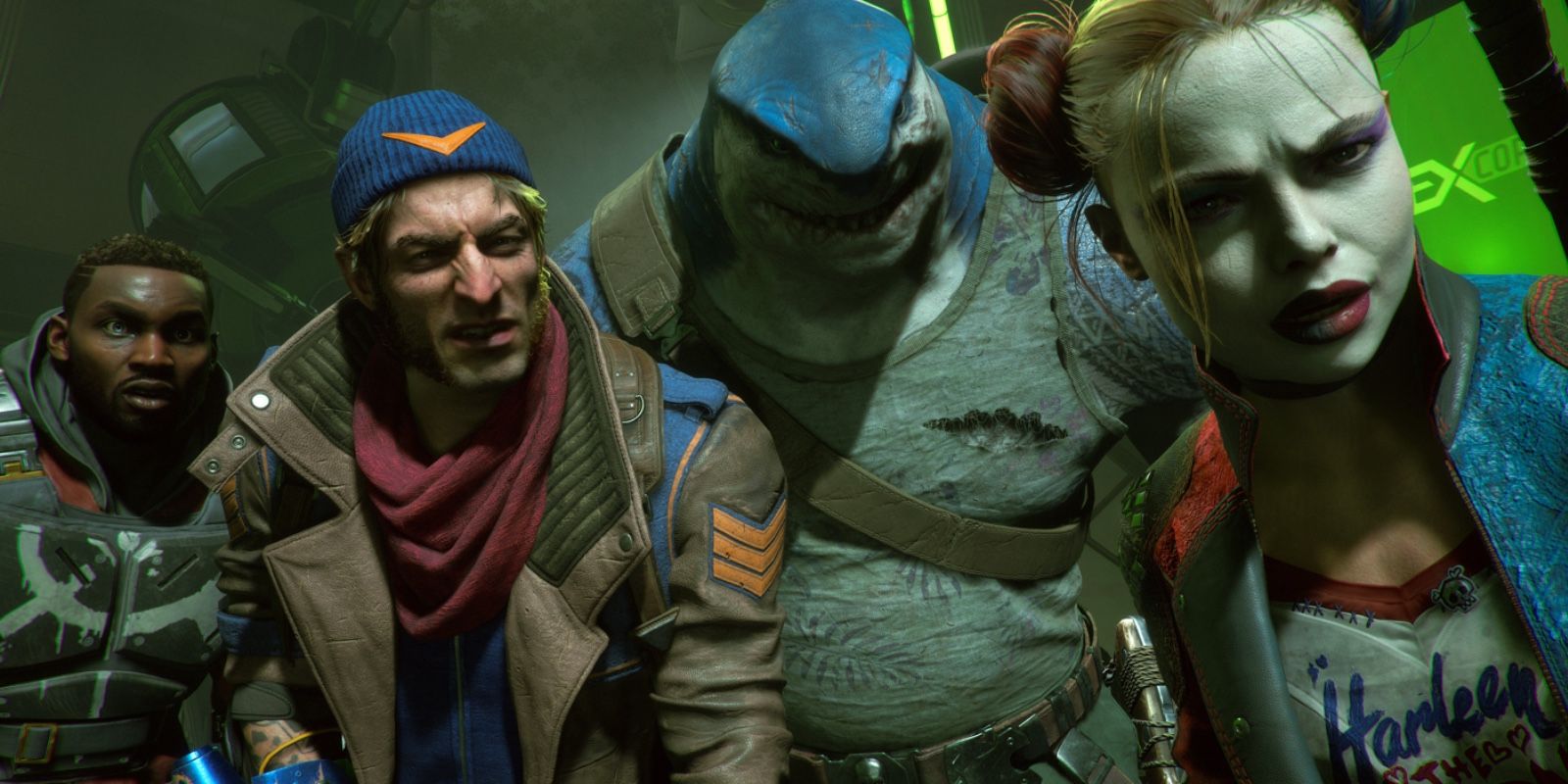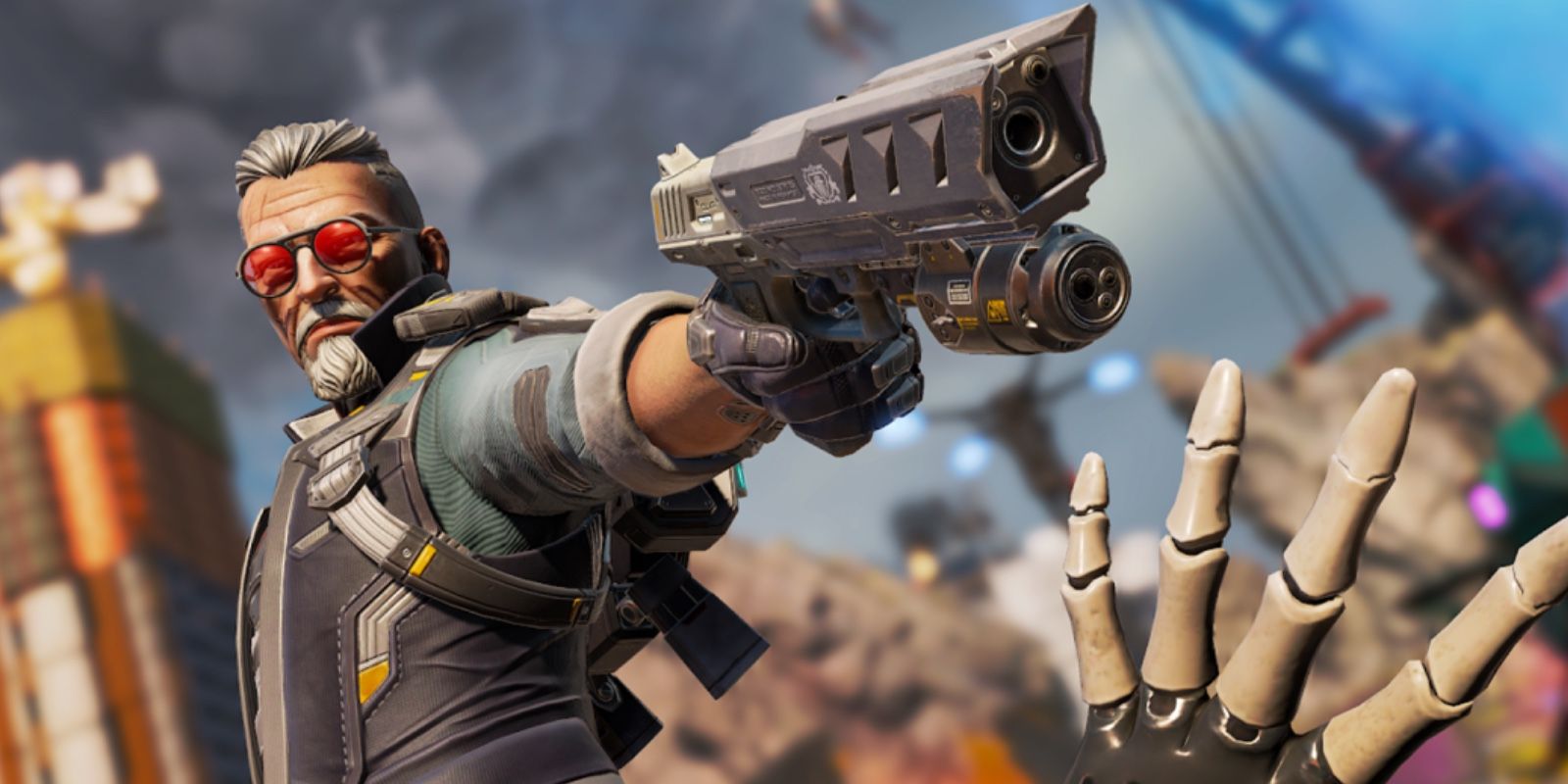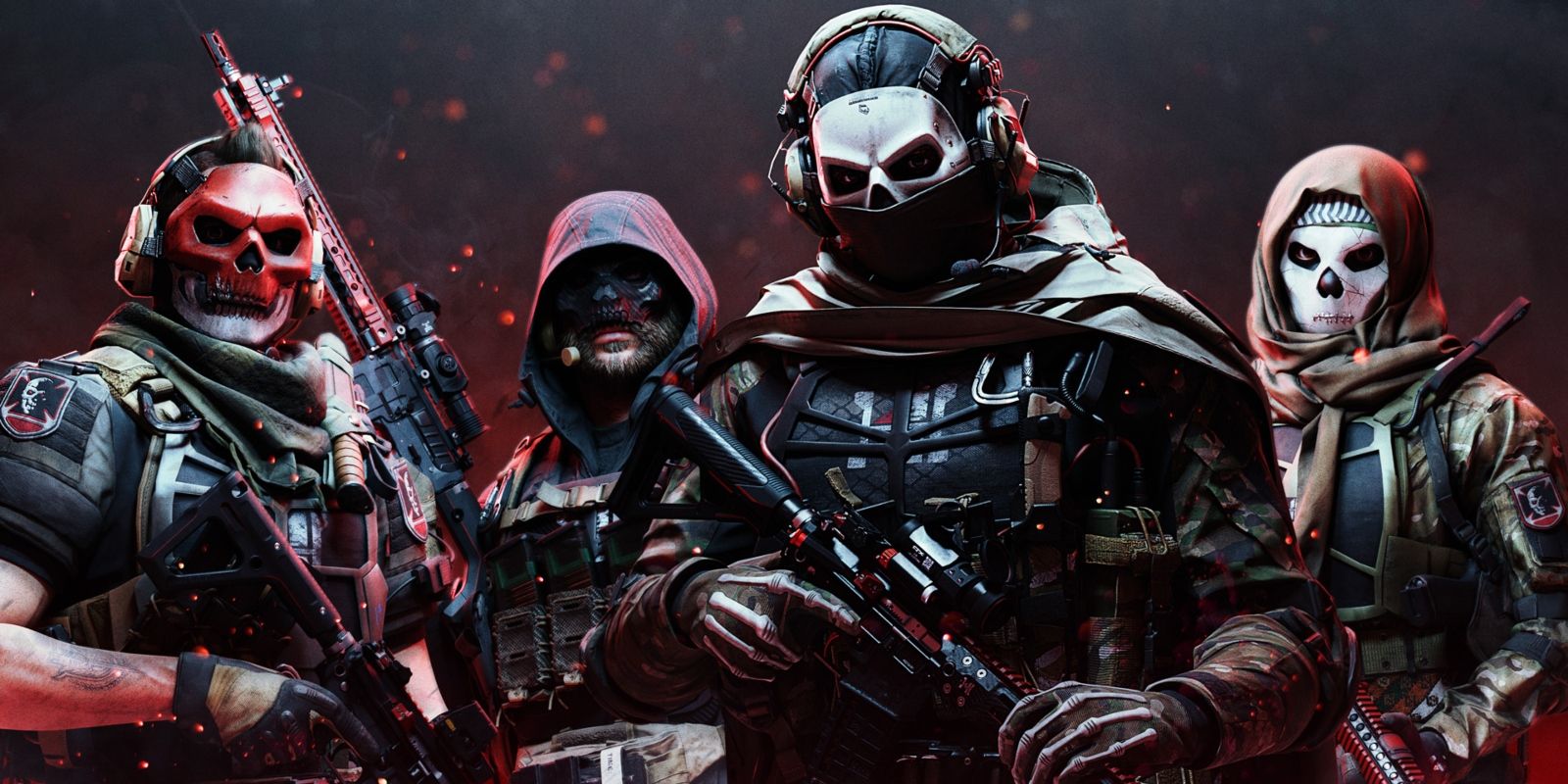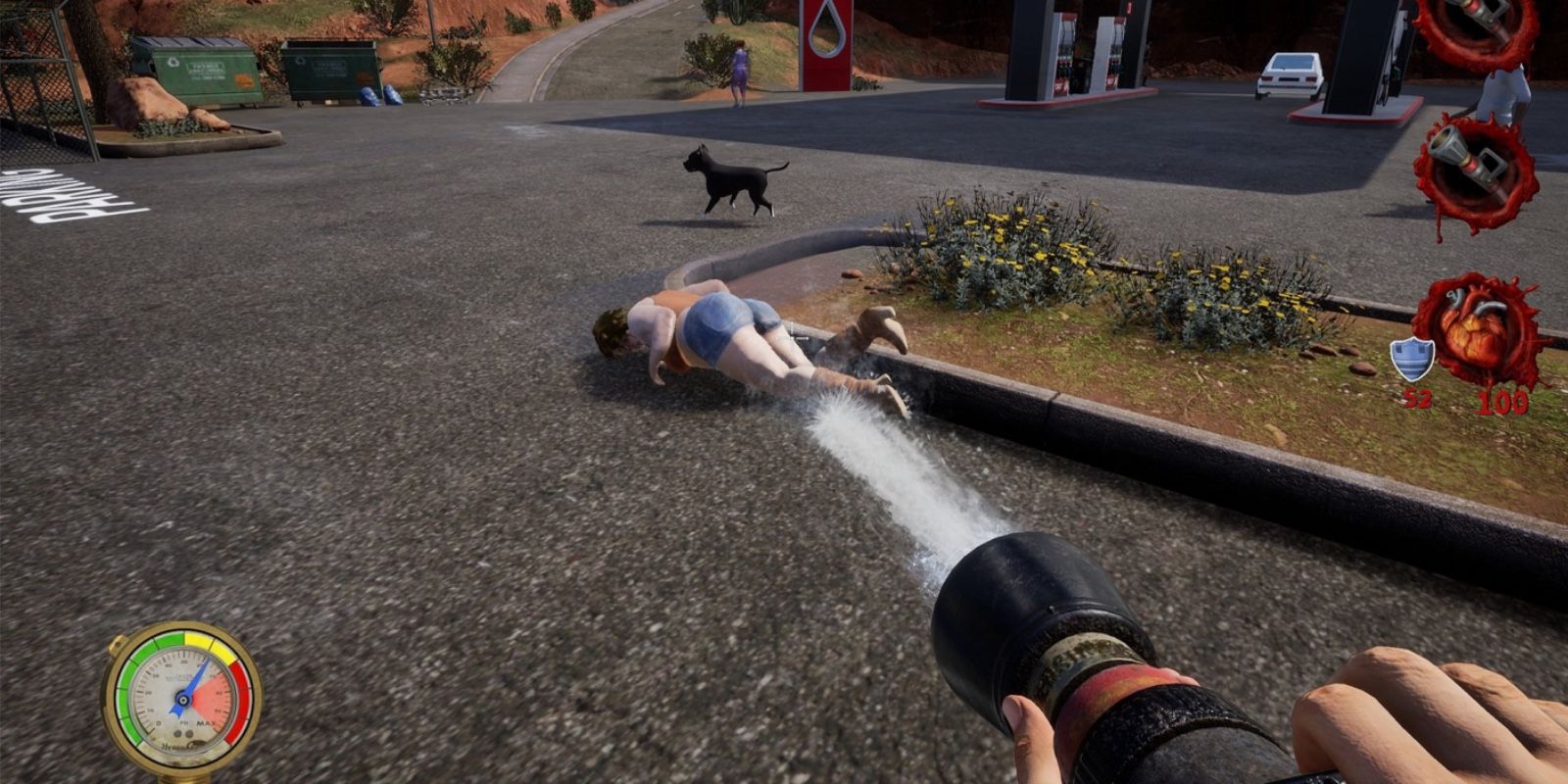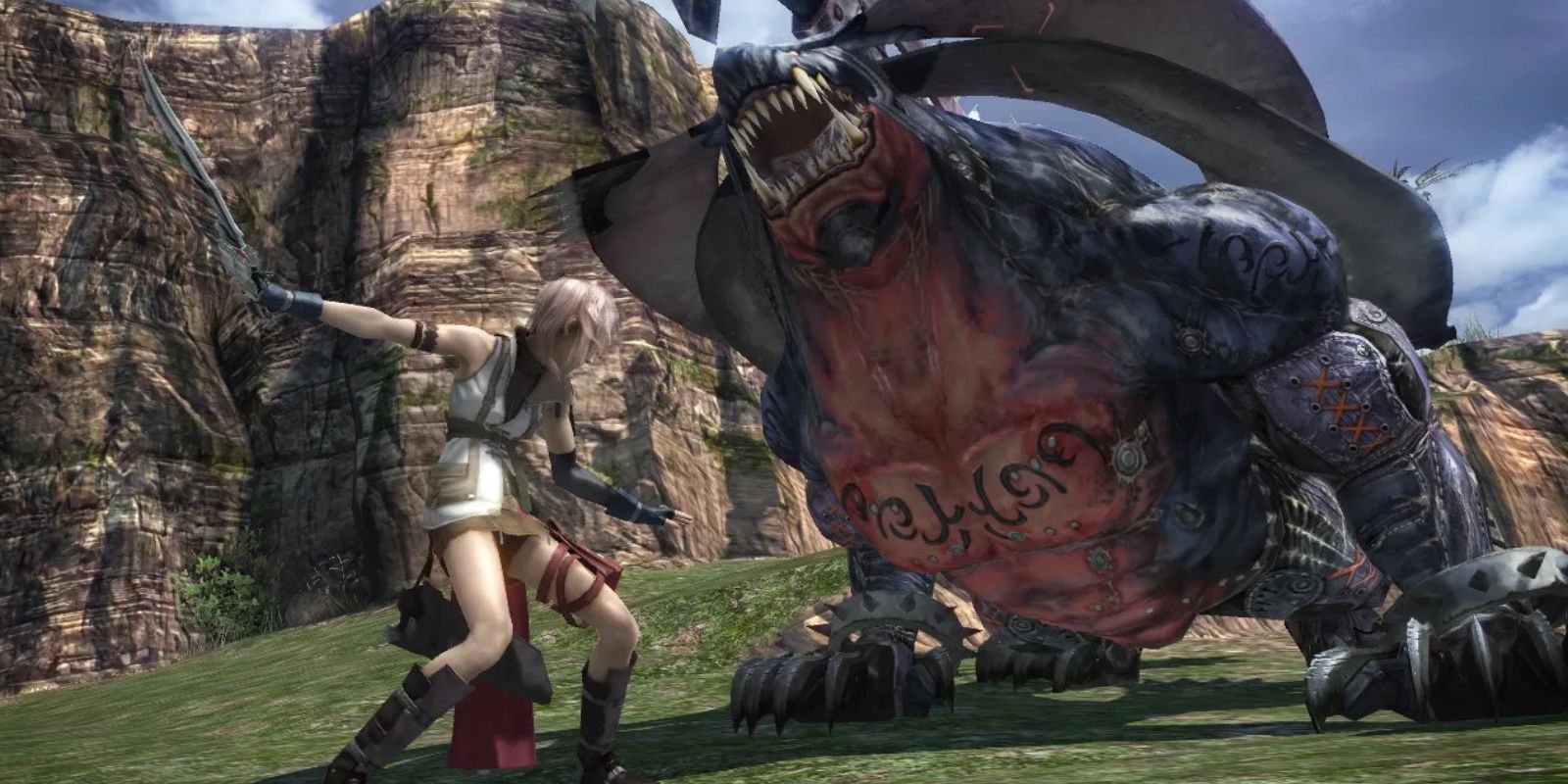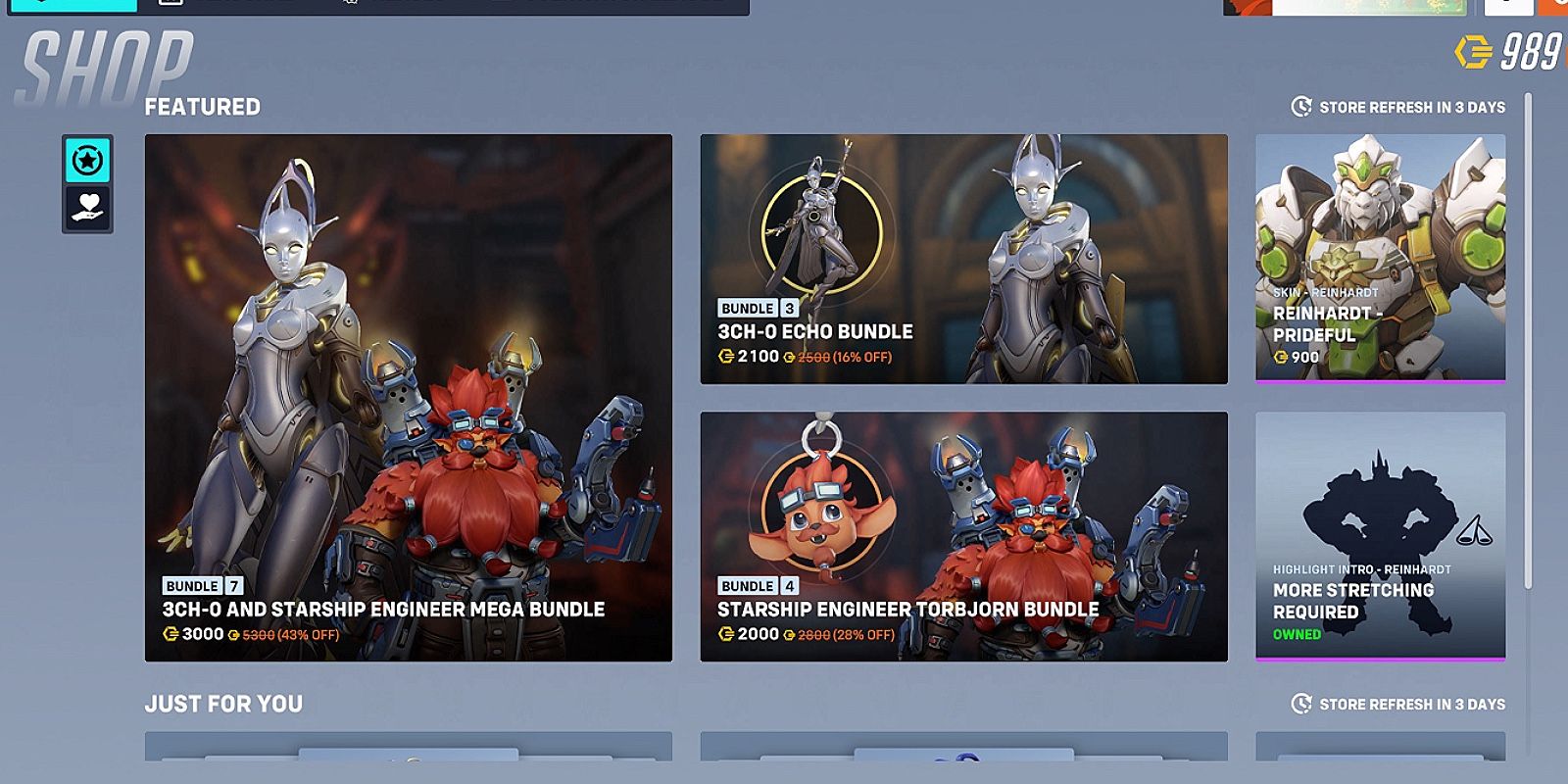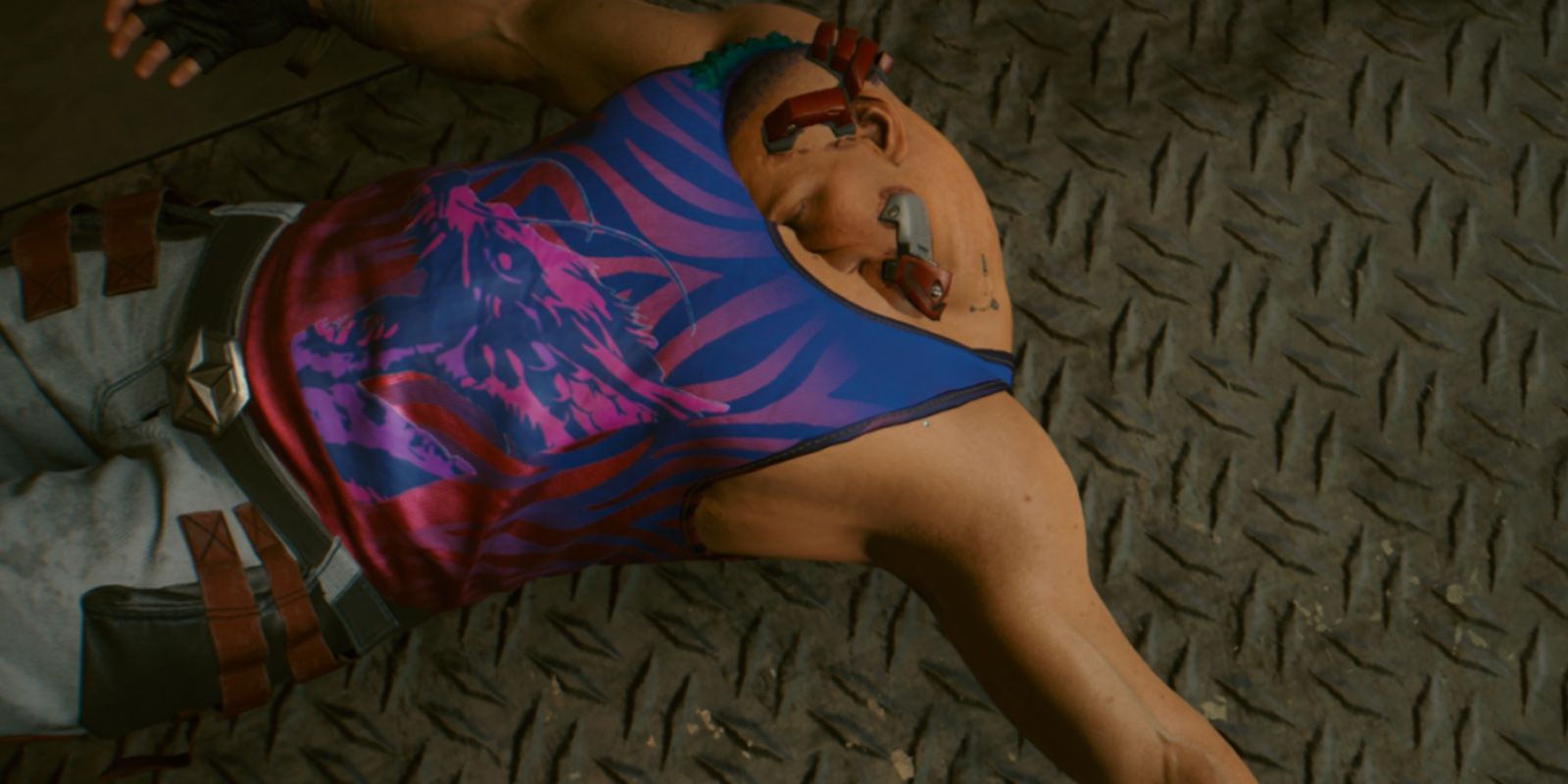Recent AAA video game releases have been frustrating gamers with lousy launches and disappointing gameplay. Games like Star Wars Jedi: Survivor and Redfall were hyped by advanced press, simply to infuriate their target fans. Unfortunately, controversy overtook any positive aspects the games offered as gamers waited for day one patches to finish downloading.
Gaming development is under constant scrutiny. AAA studios are a continual subject of criticism, as fans demand quality alongside entertainment. Whether on personal computers or consoles, consumers are frustrated with repeated offenses rooted in capitalistic motivations. Gamers are begging for quality content as they grow tired of the same old annoying trends in AAA video games.
10 Unequal Returns On Investment
Gamers stay divided over the merits of long or short games. In an over saturated, highly priced market, time deprived gamers must be selective when deciding if they have the time to devote to the newest release in The Legend of Zelda series. Discerning players working within budgets often find themselves torn between over-inflated games, all sitting at similar, high price points.
AAA studios have been leaning into games with long, confusing objectives that have nothing to do with the game’s main storyline. To make matters worse, studios charge the same price for a 16-hour game as one that absorbs hundreds of hours. It is easy to see why gamers get frustrated with this pay model when they are asked to waste money on long, bad games they hardly have time to finish.
9 Lack of Balance
Studios have trouble finding balance within their games: some games have too much to do while others are just plain boring. Gamers are accustomed to being sent on one fetch quest after another, but most don't enjoy this repetitive, monotonous approach to entertainment. These fetching missions are usually a prerequisite to divisive crafting and achievement systems once found only in role-playing games or open-world stimulations.
In other cases, developers release beautiful cinematic games with absolutely nothing interesting for players to do besides press a button at the correct time. While gorgeous, games like Death Stranding largely leave many players bored and unmotivated. Studios should never leave players wishing for something better to do while gaming.
8 Online Only Single Player Games
Many AAA studios require players to stay logged onto the internet to watch for signs of piracy and hacking, even while playing alone. While understandable with multiplayer cooperative games, single-player outings should not require constant online access. This frustration has people concerned about safety and connectivity issues, but studios are still insisting, leaving players with barely more than a demo version of games when not online, much like Gran Turismo 7.
Many players are nervous about malware on online servers, not to mention the lag experienced from anti-piracy tools. Connectivity issues plague gamers in rural areas and neighborhoods with broadband gaps. To make matters worse, consumers are concerned about losing progression and valuable items when these servers inevitably go down, rendering these online games obsolete.
7 Relentlessly Boring Grinding
Grinding is not a new concept in gaming. Massive multiplayer online games, role-playing games, and some first-person shooters require players to grind for elusive items, reputation, or levels. To an extent, gamers can always expect a certain amount of grinding in order to move a game forward.
Recently, however, studios have pushed grinding to exhausting new heights, locking characters and pivotal game features behind arbitrary gates for no apparent reason. Some studios offer gamers an option to use real-world currencies to buy their way past the grind, like when Bungie sold Destiny 2 boosters to skip entire campaigns. These moves make it evident that studios' motivations are not rooted in a desire to enhance their games.
6 Live Service Games
Live service games are usually cheap, often free, and target players who wish to play with a group of friends from anywhere. These games, such as Apex Legends, are extremely successful and intended to keep many people playing for as long as possible. AAA developers dump millions into marketing live service games, promising regularly updated content, a highly attractive feature for players desiring consistent new gameplay.
As fun as they are, live service games have a few drawbacks. Gamers are inundated with excessive advertising, monetization, and daily log-in requirements to earn exclusives, and missing a day will cause players to fall behind their friends. This discouraging model makes it difficult to play more than one game, an intentional side effect of live service models. Studios also shelve other projects to maintain live service games that will eventually end, losing customers' progressions forever.
5 Formulaic Copycat Games
AA and independent studios have proven that there are tons of new and innovative ideas in gaming. Unfortunately, larger studios do not seem interested in embracing many of those new concepts. Instead, developers continue to release re-masters and copycats of old games with recycled ideas, classic mechanics, and tired or nonexistent stories. Thus, gamers can depend on yearly releases of Call of Duty and FIFA.
There will always be a target fan base for these games and that's exactly why they exist. Meanwhile, other gamers are exhausted and bored from the repetition. AAA studios could rejuvenate the industry by trying new things with their established properties. Gamers would like to see developers breathe new life into their favorite games by taking risks with new ideas and innovative mechanics.
4 Declining First-Person Shooters
First-person shooters (FPS) will always be popular with gamers who love immersive action and real-time exploration. These action games move quickly and engage players with interesting storylines and high-risk missions. Shooters have always had a reputation for being dark and gritty, highlighting both heroic and antiheroic characters doing jobs no one else wants to do. Many have multiple maps and can either be played alone or with a team of friends.
Today’s first-person shooters have changed quite a bit. While not altogether bad, the bright, flashy colors combined with over-the-top sound effects, pop culture meta jokes, and cartoonish graphics are a huge turn-off for many fans of old-school shooters. Many gamers hate the new oversimplified mechanics, skill-based matchmaking, persistent cash grabs, and the trendy styling of games like Fortnite.
3 All Style, No Substance
Technological advancements have vaulted games to higher standards than ever before, allowing graphics to get better and better. Unfortunately, some AAA studios spend so much time and money creating incredible art pieces, they forget to include a plot in their games. Gamers wonder what they are supposed to do next and often, there is no real answer except to switch to a different game.
Mind-blowing graphics also come with a hefty price tag and gamers have proven they’re willing to pay for quality games. But style without substance is a waste of gamers' money and time. There's nothing more disappointing than buying an anticipated game just to realize it's boring. Beautiful graphics alone cannot save games like Final Fantasy XIII. Gamers want fantastic gameplay and eye-popping images.
2 Prioritizing Monetization
Video game monetization started with an aesthetic Oblivion armor set for a horse; a set that cost less than three dollars. 17 years later, gamers are being inundated with countless microtransactions tucked into every single game. While some transactions are purely cosmetic and therefore optional, studios sometimes opt to sell actual winning mechanics and progression – a feature that breaks the game and infuriates players.
Gamers are fed up with having to buy seasonal battle passes, loot boxes, and countless releases of downloadable content to finish a game they’ve already bought. There was a time when monetization was reserved for peripheral items outside of games, like clothing, artworks, and collectibles that gamers could keep forever. Being asked to pay for temporary, decorative pixels in Overwatch 2 feels scummy.
1 Unfinished, Unplayable Games
Almost any flaw can be overlooked in a video game when it is fun to play. Unfortunately, AAA studios continue rushing game releases to the detriment of players. Games like Cyberpunk 2077 are sold unfinished, full of hilarious and game-breaking bugs and glitches. It's become a weird tradition for many players to download games and watch other peoples' reviews while waiting for day one patches to finish downloading.
It is also common for amazing games to be poorly ported, like Star Wars Jedi: Survivor fans recently experienced. Gamers used to make jokes about specific AAA studios having bad release days, but now it's the norm to launch games with one foot in the grave. In contrast, AA and independent studios are distributing beautiful projects with few to no glitches, leaving gamers to question whether it's worth the extra money for overpriced and broken AAA games.


